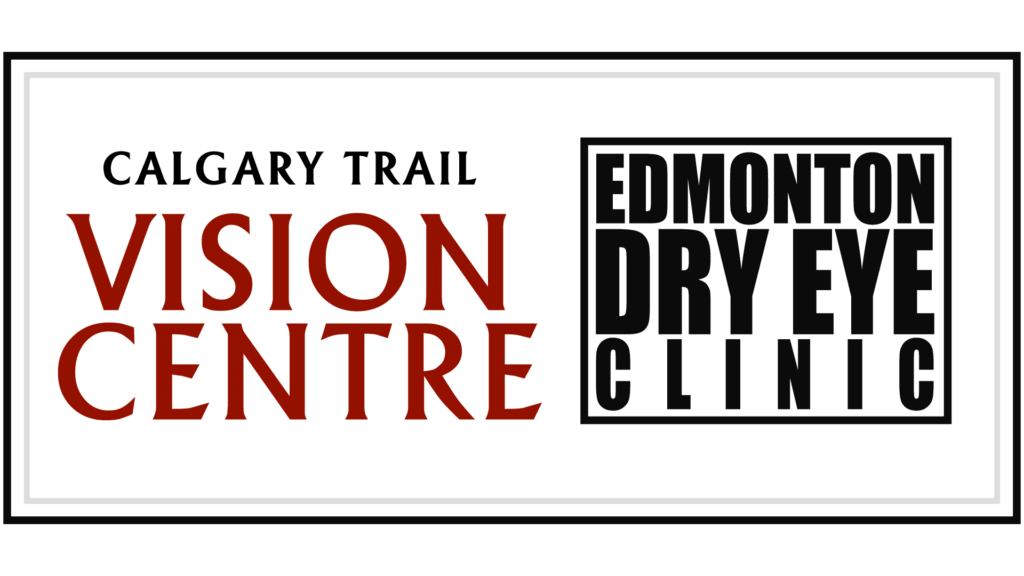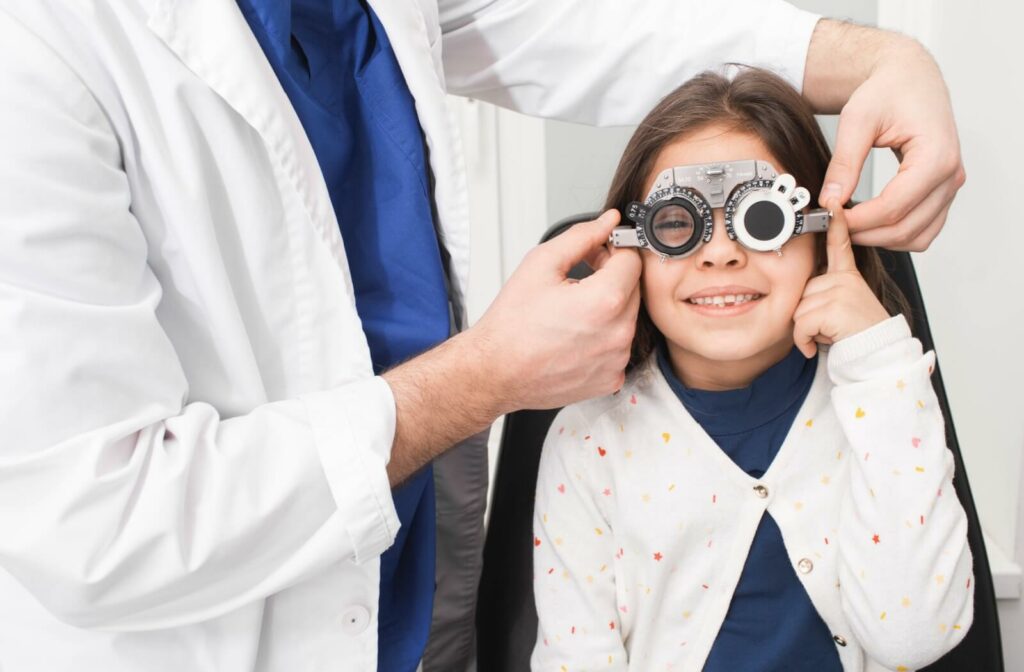Discovering that your child struggles to see the board in class or that road signs appear increasingly blurry may spark concern.
For millions of people worldwide, myopia (nearsightedness) is a commonly diagnosed condition that significantly impacts their daily lives, causing distant objects to look blurry while close-up vision remains clear.
It’s natural to wonder if you can reverse myopia, but the reality is that myopia can’t be reversed. However, several effective ways exist to slow its progression and improve quality of life for kids and adults.
What Is Myopia?
Myopia happens when light focuses in front of the retina rather than directly on it, usually due to an eyeball growing too long or an overly curved cornea (the clear front of the eye). The result? Blurred vision when looking at distant objects.
Symptoms of Myopia
Some common indicators of myopia include:
- Difficulty seeing distant objects clearly
- Frequent squinting or eye strain
- Headaches caused by eye fatigue
- Holding reading materials or screens too close
Myopia often starts in childhood (ages 6–12) and tends to progress and worsen during adolescence. It usually stabilizes in adulthood.
Myopia vs. Astigmatism
Myopia is sometimes confused with or paired with astigmatism, which occurs when the eye’s surface is irregularly shaped. Astigmatism can affect vision at all distances, further complicating an individual’s eyesight when combined with nearsightedness.
Why Early Diagnosis & Axial Length Matter
Axial length (the front to the back measurement) is a crucial factor for anyone with myopia. The longer the axial length, the higher the risk of serious complications later in life, including:
- Retinal detachment
- Glaucoma
- Cataracts
- Myopic maculopathy (a form of retinal degeneration)
Routine eye exams allow eye care professionals to monitor this vital metric and intervene with proper treatments as needed.
What Causes Myopia?
The exact cause of myopia isn’t fully understood yet, but research highlights a combination of factors.
Genetics
If one or both parents are nearsighted, their children have a significantly higher risk of developing myopia.
Lifestyle
Spending excessive time on near-focused activities like reading, studying, or using digital screens, coupled with too little outdoor exposure, has been linked to increased myopia risks in children.
Eye Strain
Although prolonged use of digital devices doesn’t necessarily cause myopia, it can exacerbate symptoms and worsen eye fatigue, emphasizing the need for healthy screen habits.

How to Determine Your Child’s Risk for Myopia
If you’re concerned you or your child may develop myopia, several key risk factors can help guide prevention and early diagnosis:
- Regularly monitor your eye health if close relatives are nearsighted
- Encourage at least 2 hours of daily outdoor play to help reduce the likelihood of developing myopia
- Children diagnosed with myopia before age 8 are at higher risk of developing severe forms of the condition
If any of these risk factors apply, consult your eye doctor to create a plan tailored to your unique needs.
Tips to Slow Myopia Progression at Home
The good news is that while you can’t reverse myopia, small lifestyle changes can help slow its progression. Start with these actionable tips.
Get Outside More Often
Numerous studies suggest that spending 2 or more hours outside each day can reduce the risk of worsening myopia in children. Natural light and open spaces can positively influence eye development.
Follow the 20-20-20 Rule
Reduce digital eye strain by taking breaks from screens. Every 20 minutes, look at something 20 feet away for 20 seconds. The 20-20-20 can help alleviate strain caused by prolonged close-up work.
Create a Screen-Free Reading Routine
Use adequate lighting and proper posture when reading or focusing on detailed work. Avoid holding materials too close to the face or reading in dark environments.
Set Limits on Screen Time
Encourage a healthy balance of technology use and distance-vision activities (like playing catch or spotting cloud shapes) by setting clear boundaries for screen time.
Personalized Treatment Options for Myopia Management
While lifestyle changes are an excellent start, professional interventions provide reliable ways to slow myopia progression.
MiSight Contact Lenses
These soft contact lenses are scientifically designed to both correct blurry vision and reduce myopia progression by influencing how light reaches the retina.
- Effectiveness: Clinical trials show a 50% reduction in progression.
- Who it’s for: Active children and families looking for proven, noninvasive solutions.
Orthokeratology (Ortho-k)
Ortho-k lenses reshape the cornea overnight, providing clear vision throughout the day without glasses or daytime contacts.
- Effectiveness: Slows axial length growth while delivering daytime convenience.
- Who it’s for: Responsible older children or teens who prefer nonsurgical options.
Atropine Eye Drops
Low-dose atropine drops, typically applied before bed, are highly effective at slowing myopia progression.
- Effectiveness: Studies report a 30–50% reduction in progression rates.
- Who it’s for: Younger children needing a simple, noninvasive treatment.
Laser Eye Surgery
Laser treatments like LASIK or PRK offer vision correction for adults with stable myopia. Although these procedures are not an option for children, they can dramatically improve vision once progression has stabilized, with most patients not requiring glasses afterward.
Proactive Steps for Lifelong Eye Health
Myopia isn’t reversible, but with professional support, you can manage its impact effectively through lifestyle habits, early diagnosis, and specialized treatments. By staying proactive and working closely with an eye care professional, you can protect your and your child’s long-term vision health.
At Calgary Trail Vision Centre, we’re here to help you every step of the way. Schedule an appointment today to create a personalized myopia management plan designed specifically for your family.


